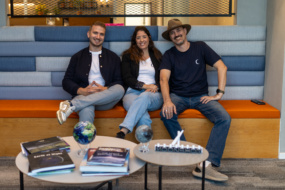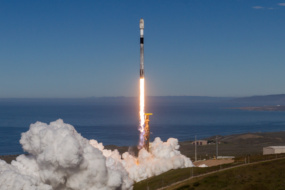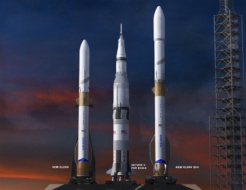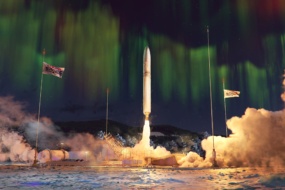SpaceX launched Starship on its sixth flight test yesterday but called off its Super Heavy booster catch attempt back at the pad, instead diverting the 233-ft-tall vehicle to a controlled water splashdown in the Gulf of Mexico.
In a post-launch recap, SpaceX said the abort was due to issues with the pad’s launch and catch tower, not the rocket.
The launch came just 37 days after the last flight when SpaceX made history by catching a returning Starship booster on its Mechazilla tower arms. Ahead of Flight 6, SpaceX further beefed up the propulsion hardware, increased structural strength in key areas, and upgraded flight software.
Flight 6 milestones: While SpaceX didn’t attempt a booster catch, the rocket did complete a couple of additional side quests, including:
- Successfully relighting a Raptor engine in space
- Flying Starship at a steeper angle of reentry to stress test the flaps and the all-important heat shield
- Performing a day-time Starship water landing over the Indian Ocean—because pics or it didn’t happen
- Flying Starship’s first physical payload: a banana.
So what comes next? Flight 7 will debut SpaceX’s new Starship V2, a stretched ship with 25% larger propellant tanks and smaller forward flaps. And then its pedal-to-the-metal acceleration.
Starbase General Manager Kathy Lueders said at CONACES 2024 that they aim to catch the second-stage Starship within the next six months, completing full rocket recovery. She also said the team is targeting 25 launches in 2025.
SpaceX President Gwynne Shotwell one-upped those comments during the Baron Investment Conference last week, saying SpaceX could achieve 400 Starship launches over the next four years.
Star-studded: President-elect Donald Trump, along with Sen. Ted Cruz (R-TX) and Chief of Space Operations Gen. Chance Saltzman, traveled to South Texas to see the show. Trump’s attendance signals an incoming administration that will be fully supportive of SpaceX’s planned acceleration.




